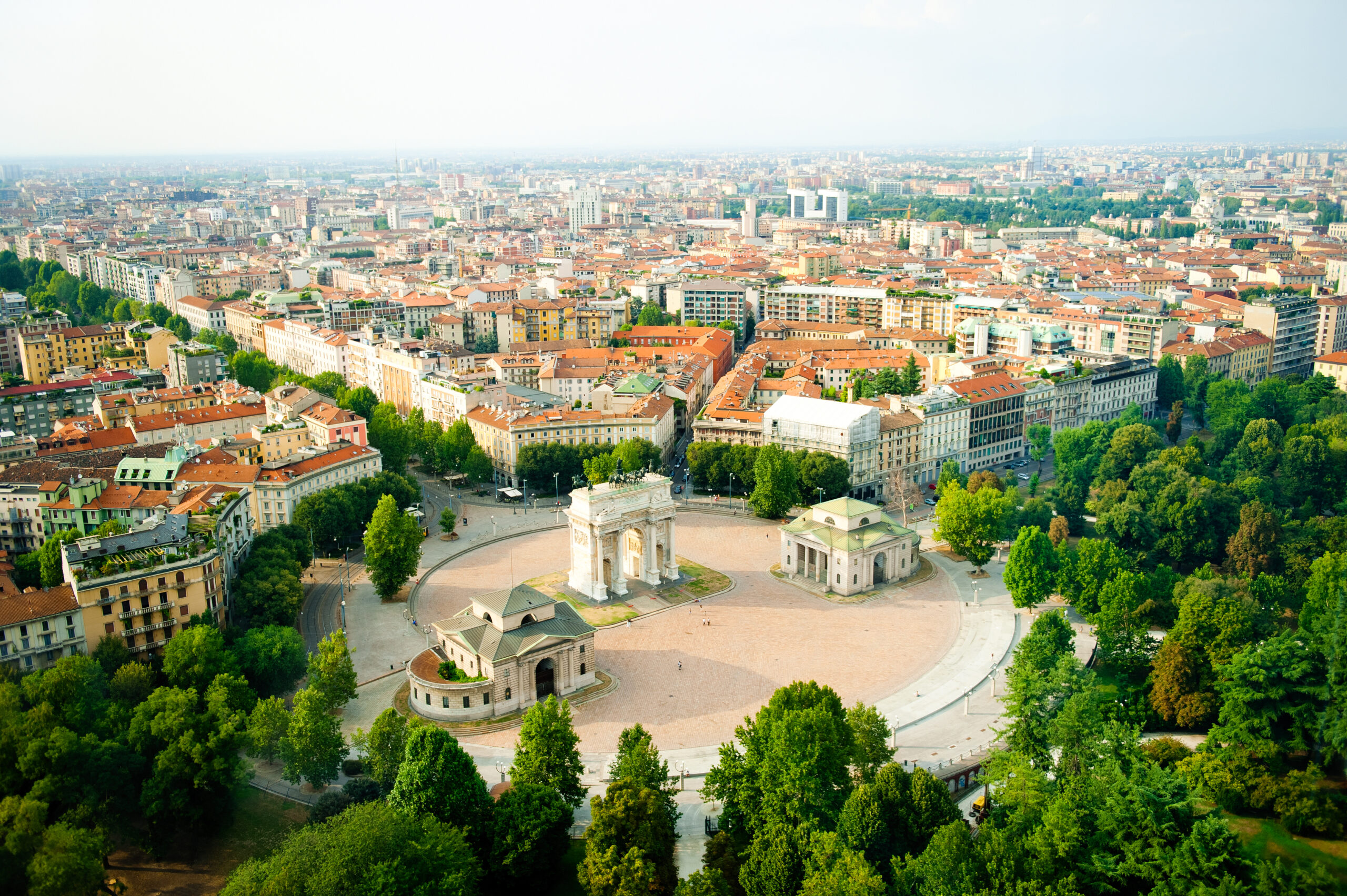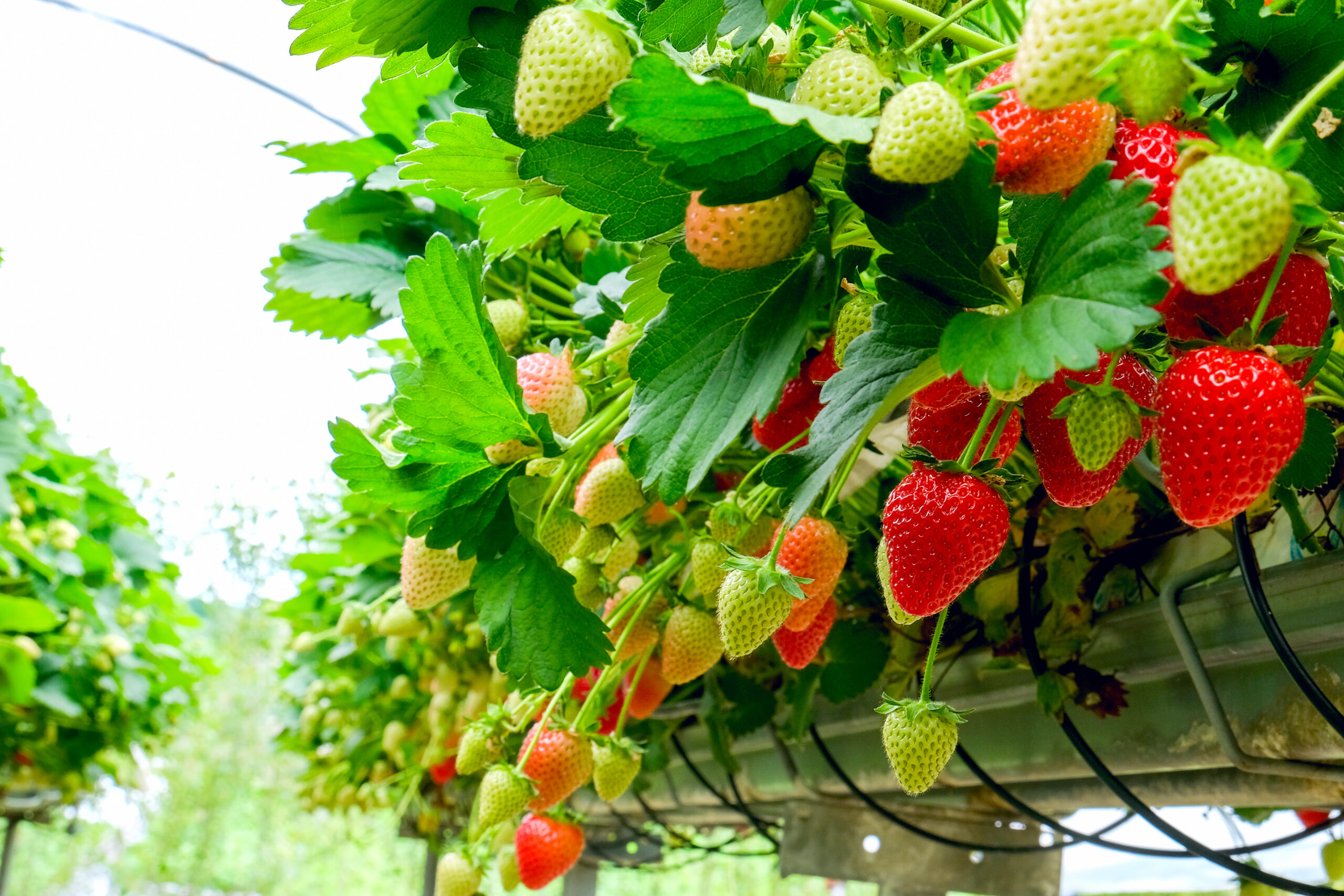HFCs and HFOs: large systems cooling people and warming fruit as it grows
HFC and HFO refrigerants are ideal for large scale systems due to their good balance of safety and performance properties. District heating and cooling can significantly improve energy efficiency and reduce energy consumption compared to alternative heating and cooling approaches. Large heat pump systems reduce carbon emissions for all-year-round commercial fruit growing. In Milan, two large centrifugal chillers will provide 5 MW cooling capacity to a whole neighbourhood in the city.

The Milan district cooling project is for an area designed to be modern, green and environmentally sustainable and the area includes residential buildings (500 houses), 10,000 sqm dedicated to shops, 30,000 sqm of offices, all in a 160,000 sqm large park. Energy efficiency and minimized environmental impact of the whole area were main goals. For this, having an efficient cooling system not only was important to keep energy consumption low, but also to help having reduced CO2 emissions. The chillers are designed to use ultra-low GWP HFO-1234ze as well as HFC-134a and R-513A. The inverter technology constantly adapts the to the actual cooling needs of the area, avoiding energy waste and t remote monitoring and control analyses performance, chiller operations, and schedules preventive maintenance to ensure continuity of operations.

In the UK, a Kent fruit farm uses, according to the report, the largest river source heat pump in Europe to heat 65,000 sqm of greenhouses for fruit growing outside the normal growing season. Compared to gas heating this saves about 3,800 tonnes of CO2 emissions annually. The system involves the extraction of water from the River Medway which passes through a heat exchanger and is discharged straight back into the river, having removed a couple of degrees of heat from the water. A second loop then transfers this heat to the plant room’s six heat pumps to achieve a temperature of 45°C, which is then pumped through 50mm pipes above the soil, releasing heat into the greenhouses. Heated water is also stored in a giant tank as a backup, and to help avoid the consumption of electricity at times of peak demand when electricity is expensive. The 6 heat pumps use 1 MW of electricity to produce about 5 MW of heat. The coefficient of performance can vary from 4.2 to 6, depending on outside temperatures. According to manufacturer’s information the heat pumps use HFC-134a refrigerant in oil free two stage centrifugal compressors.
Two large capacity centrifugal chillers, that can accommodate ultra-low GWP HFO-1234ze(E) refrigerant, have been delivered to the Singapore Marina Bay district cooling system to expand the cooling capacity of the world's largest underground district cooling network. The system produces chilled water centrally at two plants, which serves the air-conditioning needs of over 20 buildings in the Marina Bay district. Centrifugal chillers are critical components of the plant as they are the high-efficiency devices functioning at its core. The two new centrifugal chillers are the largest so far delivered with a total cooling capacity of 29.5 MW. In addition, compared to earlier models, the chillers have a near 6% higher rated coefficient of performance (COP) and approximately 10% higher integrated part load value (IPLV annual energy efficiency taking into consideration fluctuations in load and cooling water temperature), resulting in reduced energy consumption and about 9% reduction in carbon emissions. Undergoing continuous expansion, the system will service a total of 28 buildings by 2026 and will reduce approximately 20,000 tonnes of carbon emissions per year.
Sources
Milan district cooling: Refrigeration Industry and manufacturer’s information
Kent fruit farm: Vattenfall and manufacturer’s informationSingapore district cooling: Cooling Post and manufacturer’s information